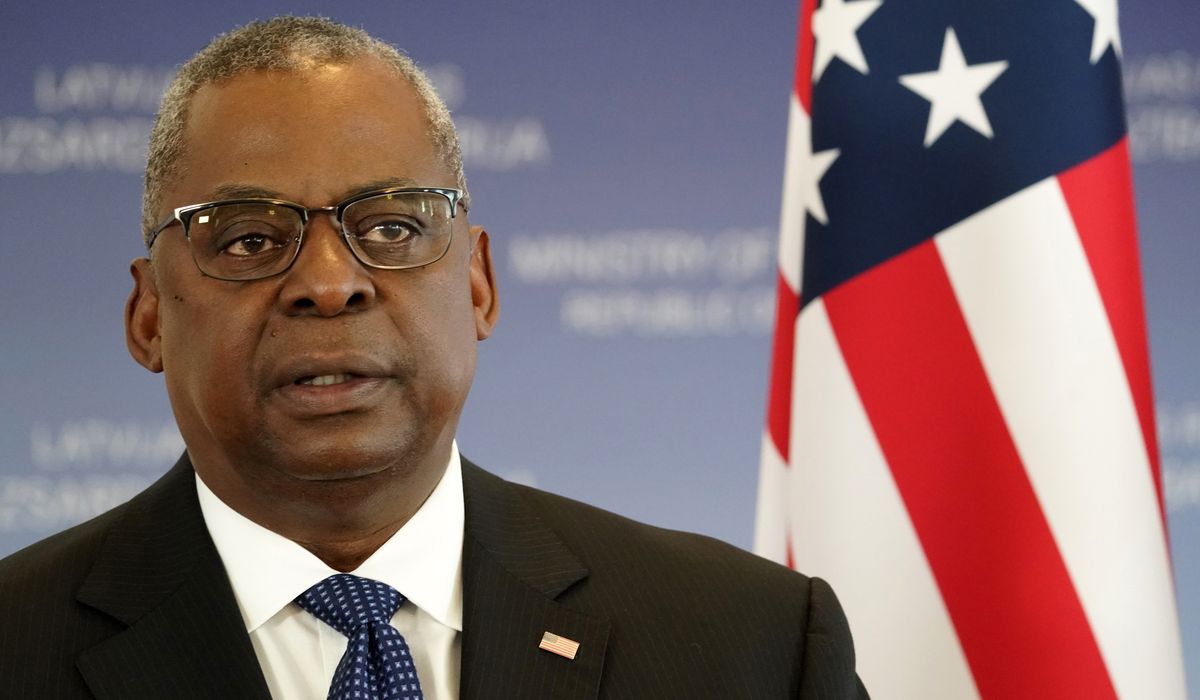

U.S. military commanders will be required to consider how non-combatants could be affected by an air strike or other combat action on a future battlefield, following Thursday’s release of a new Defense Department directive on mitigating harm to civilians.
Secretary of Defense Lloyd Austin ordered a sweeping overhaul of the Pentagon’s plan for safeguarding civilians in combat in January, following an August 2021 drone strike in Kabul that killed 10 innocent people, mostly children. The botched mission served as a tragic endpoint to America’s 20-year war in Afghanistan.
“The plan provides a systematic approach to considering, mitigating, assessing, and responding to civilian harm caused by military operations,” a senior Defense Department official told Pentagon reporters. “We are fundamentally building an enterprise here and expanding on an ecosystem that exists in the department here already.”
The idea is to help commanders and operators better understand the civilian environment even before an operation begins and throughout the overall joint targeting process, officials said.
“Civilian harm mitigation will be built into exercises, training, and professional military education going forward,” the Defense Department official said. “This is really ‘baking this in’ from the beginning all the way through completion.”
The overall price tag is still being worked out, but Pentagon officials said fully implementing the civilian harm mitigation plan could cost in the “tens of millions.”
“We think this is a bill that’s not only worth paying but can be very much paid in the context of the department’s budget,” the Defense Department official said.
The plan includes 11 major objectives aimed at helping commanders better grasp the significance of non-combatant presence on a battlefield. That includes the creation of a “Civilian Protection Center of Excellence” that will serve as a hub for military analysis and training related to Civilian Harm Mitigation and Response, officials said.
The plan envisions officials focusing on civilian harm reduction across the joint force at different levels. Pentagon officials said it will result in a “mutually reinforcing framework” that will advance the department’s ability to mitigate and respond to civilian harm.
“The strategic imperative of protecting civilians from harm is going to be critical to succeeding and winning on the modern battlefield,” the Defense Department official said. “This is something that Secretary Austin has ‘foot-stomped’ on a number of occasions. This is the leadership of the department tackling this challenge.”
